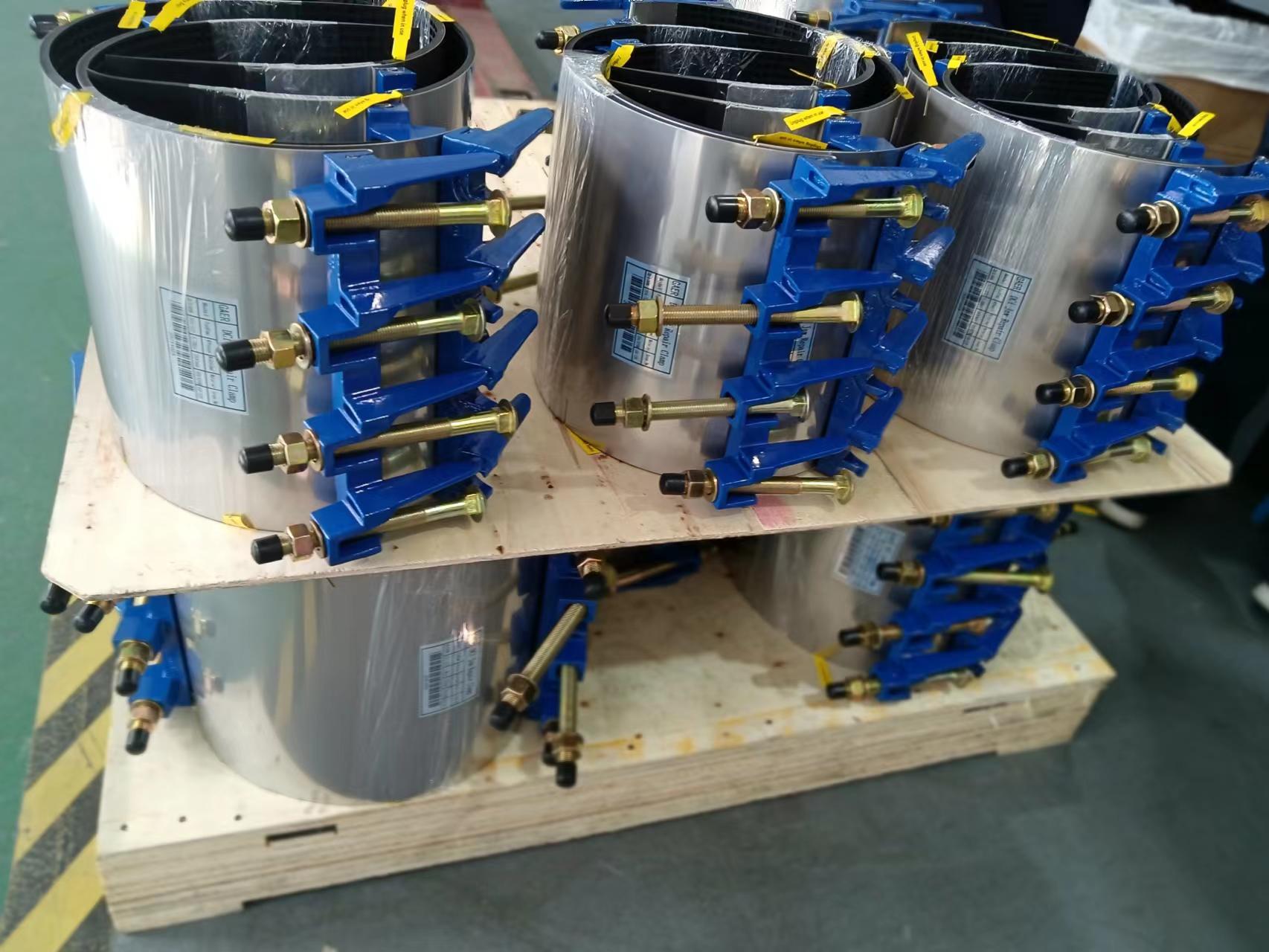hostile vehicle mitigation bollards
Hostile Vehicle Mitigation Bollards Enhancing Urban Safety
In recent years, the increase in vehicle-related attacks has heightened concerns for public safety in urban environments. As cities continue to grow and evolve, it is imperative to implement effective strategies to protect pedestrians, public spaces, and vital infrastructures. One increasingly popular solution is the installation of hostile vehicle mitigation (HVM) bollards, designed to prevent unauthorized vehicle access and protect vulnerable areas from potential threats.
HVM bollards are robust vertical posts strategically placed to deter vehicles from entering restricted zones. They are engineered to withstand significant force, making them effective barriers against attacks from hostile vehicles. Typically made from materials such as steel and concrete, these bollards vary in design, height, and functionality — from removable to fixed options, depending on the specific security needs of an area.
The Need for Bollards in Today's Urban Landscapes
The rise of vehicle-based attacks has underscored the necessity of HVM bollards in urban planning. Events such as the Nice attack in France in 2016 and the Westminster attack in the UK in 2017 have demonstrated the devastating impact such incidents can have on public safety. As cities become increasingly populated and event spaces more heavily trafficked, the need to protect pedestrians from potential vehicle incursions has become paramount.
Public venues such as markets, festivals, and parades are particularly vulnerable. Bollards can be strategically placed to create safe zones, ensuring that vehicles are kept at a safe distance from crowded areas. Moreover, the psychological impact of visible security measures like HVM bollards can deter potential assailants, serving as a powerful preventative tool.
Different Types of HVM Bollards
HVM bollards come in several designs tailored to meet different security needs. Fixed bollards provide permanent protection and can be found at locations where vehicle access is consistently restricted. Removable bollards offer flexibility, allowing temporary access for authorized vehicles when necessary, ideal for locations with changing access requirements.
hostile vehicle mitigation bollards

Crash-rated bollards are tested to endure certain levels of impact, providing data on how much force they can withstand before being compromised. These specifications help city planners and security professionals determine which types of bollards are necessary for specific environments. Some manufacturers offer smart bollards equipped with sensors, allowing for real-time data collection and monitoring, enhancing urban security further.
Integration with Urban Design
One of the primary challenges in deploying HVM bollards is ensuring they complement the existing urban landscape. A well-designed urban space should not only be safe but also aesthetically pleasing. Modern HVM bollards come in a variety of styles, colors, and finishes, enabling cities to maintain their unique character while improving safety.
Incorporating bollards into public art installations is another innovative approach that cities can adopt. By blending security measures with artistic design, urban areas can enhance their visual appeal while ensuring public safety.
Looking Ahead
As cities continue to grapple with the threats of vehicle-related attacks, the role of HVM bollards is becoming increasingly critical. Urban planners and security professionals must work together to assess risks and implement appropriate measures, ensuring that public safety is prioritized without compromising the vibrancy of city life.
The future of HVM bollards lies not only in their physical presence but also in the technology that can enhance their functionality and effectiveness. The integration of smart systems and adaptive designs will likely play a significant role in mitigating risks in urban areas.
In conclusion, hostile vehicle mitigation bollards are an essential tool in today’s urban security landscape. By effectively deterring potential threats, they protect pedestrians and contribute to safer public spaces. As cities evolve, the challenge will be to adapt security measures like HVM bollards to meet both the safety needs and the aesthetic aspirations of urban environments.
-
The Smarter Choice for Pedestrian AreasNewsJun.30,2025
-
The Gold Standard in Round Drain CoversNewsJun.30,2025
-
The Gold Standard in Manhole Cover SystemsNewsJun.30,2025
-
Superior Drainage Solutions with Premium Gully GratesNewsJun.30,2025
-
Superior Drainage Solutions for Global InfrastructureNewsJun.30,2025
-
Square Manhole Solutions for Modern InfrastructureNewsJun.30,2025
-
Premium Manhole Covers for Modern InfrastructureNewsJun.30,2025
